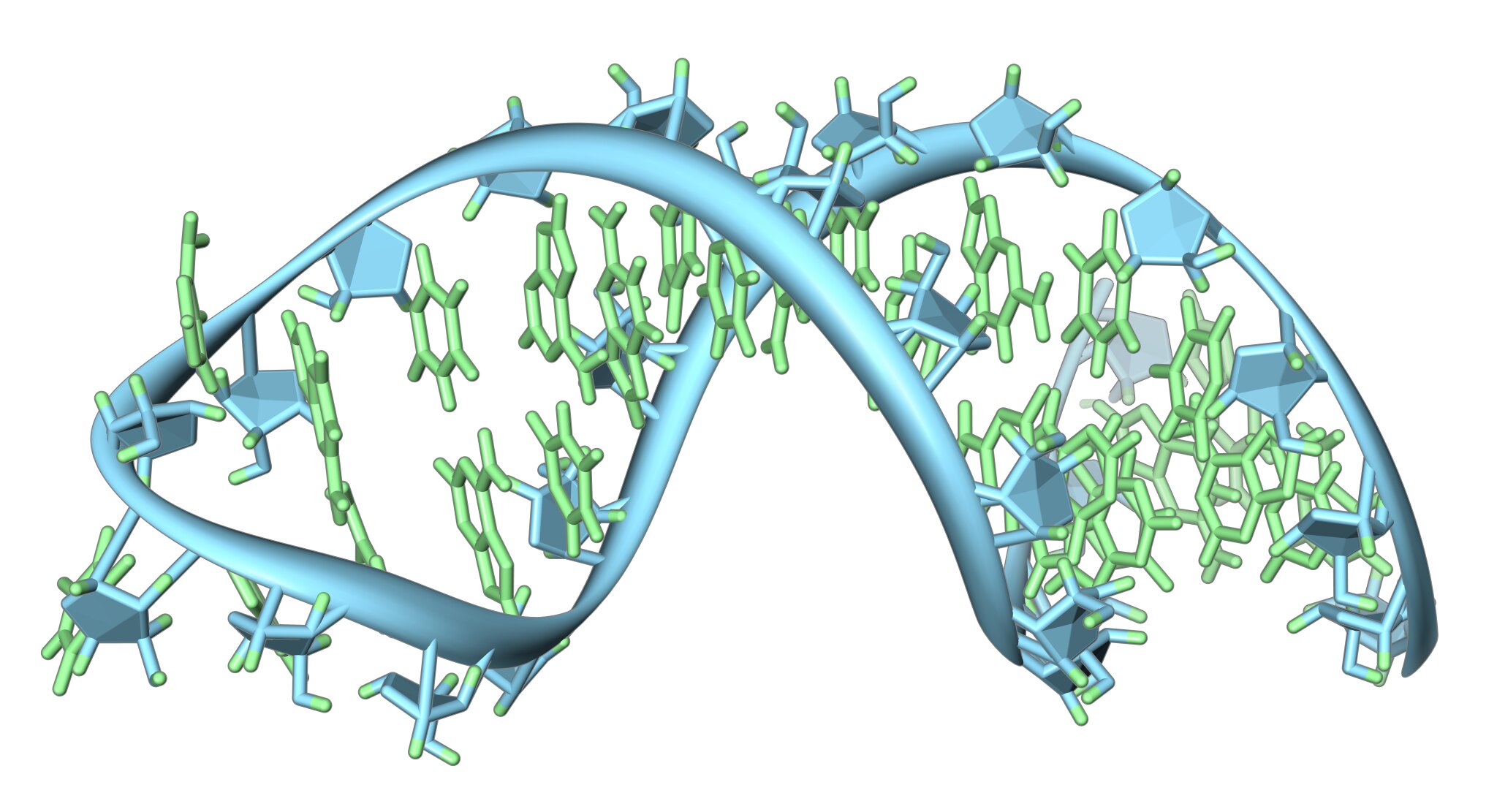Media release
From: University of OtagoOtago researchers identify possible immune targets in the SARS-CoV-2 genome
Otago researchers studying the COVID-19 virus (SARS-2) have discovered potential target points on its genome, which may contribute to future treatments for the virus.
While their laboratory was locked down during the Level 4 period, PhD student Ali Hosseini and Professor Alex McLellan from the Department of Microbiology and Immunology worked from their homes to tackle a new field within the pathogenesis of COVID-19.
Lead author Mr Hosseini says he hopes this work will contribute to a better understanding of how the virus escapes the host immune response and contribute to the development of attenuated viral vaccines.
The researchers put into action their skills in microRNA (miRNA) gained from their usual topic of study of anti-cancer CAR T cells, to examine previously unrecognised weak points on the SARS-2 genome that could be used to destroy the virus or help create new vaccines.
These weak points on the virus are target sites recognised by host miRNA – a nucleic acid-based 'immune system' operating in all of our body's cells.
Essential for controlling gene expression within the cell, miRNAs are also important players in the recognition and destruction of viruses.
One target site on SARS-2 matches an abundant miRNA (miR197) present in very high levels in patients with cardiovascular complications or with respiratory viral infections.
The miR197 binding site on SARS-2 had been independently mutated nearly 40 times since March this year. This mutation is now present in more than 75 per cent of SARS-2 global isolates.
“Patients with cardiovascular complications have been shown to be at risk from COVID-19,” says Professor McLellan.
“Our study suggests that a normal defence pathway in these patients may have been blocked through this mutation in the virus.”
However he says it is too early to say if such mutations will help the virus, or are simply neutral hitchhikers that confer no advantage to the virus.
“We need direct experimental approaches using live virus, as well further study of the transmission of such mutants around the world.
"Even so, it was surprising to find how often the miR197 target site had been mutated in different SARS-2 isolates.
"Our study just says: let's keep an eye on these sites and see what happens to these in future.”
Lead author Ali Hosseini says because many miRNA are different between species, the newly emerged 'zoonotic' SARS-2 may facing signature human miRNA attack, not previously experienced in bats.
The researchers say their findings also open up the possibility to engineer in artificial miRNA sites. This may be useful for weakening the virus for vaccine research and has been successfully performed experimentally for other respiratory viruses.
Such strategies for the SARS-2 virus could contribute to worldwide vaccine efforts.


